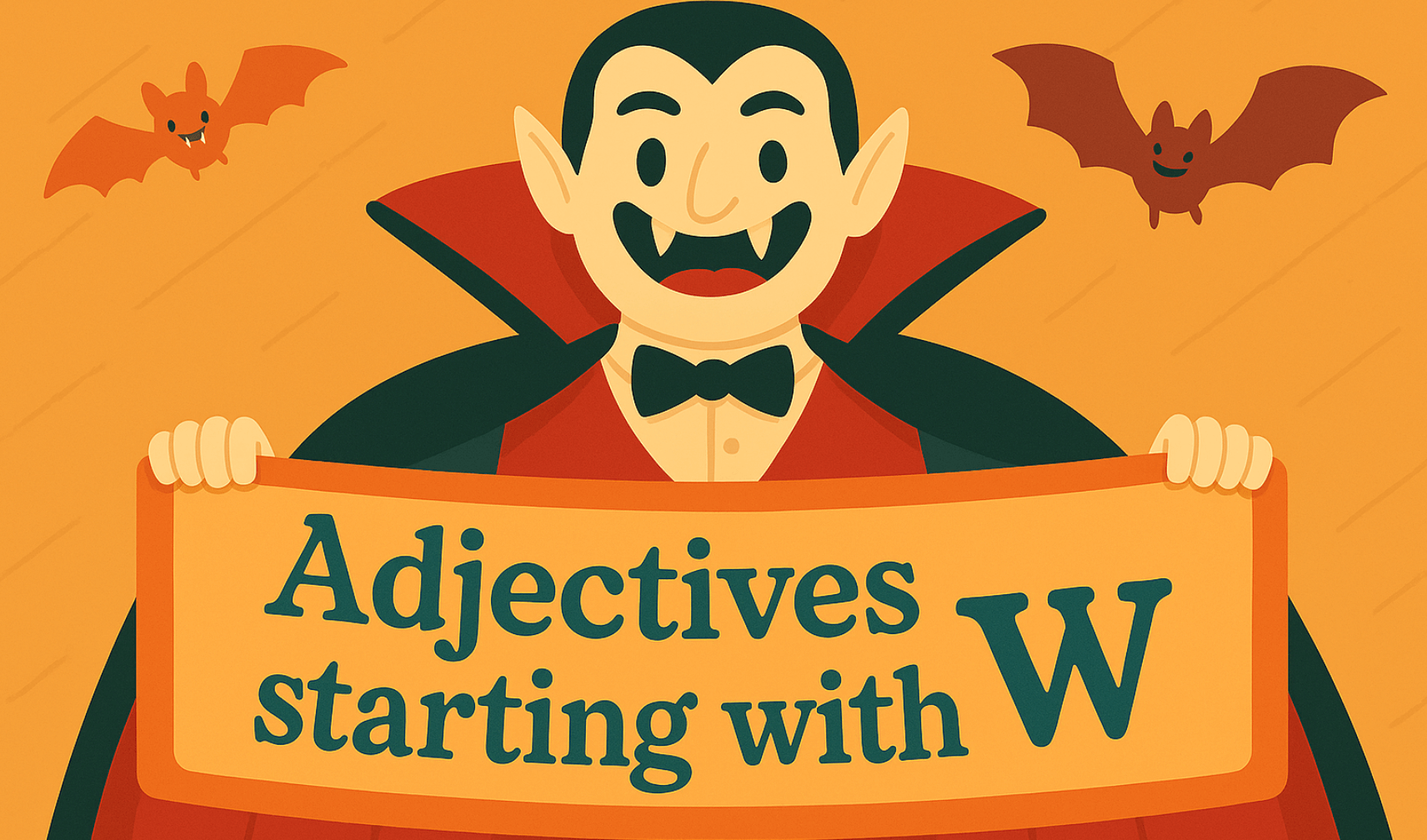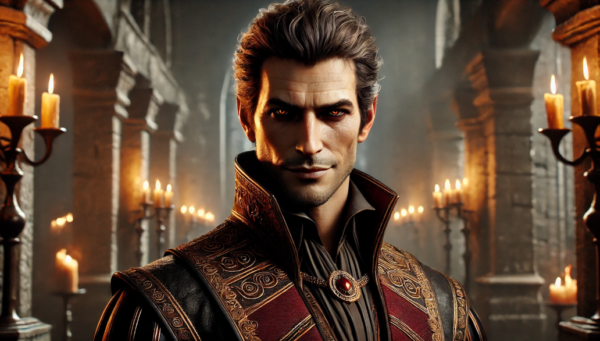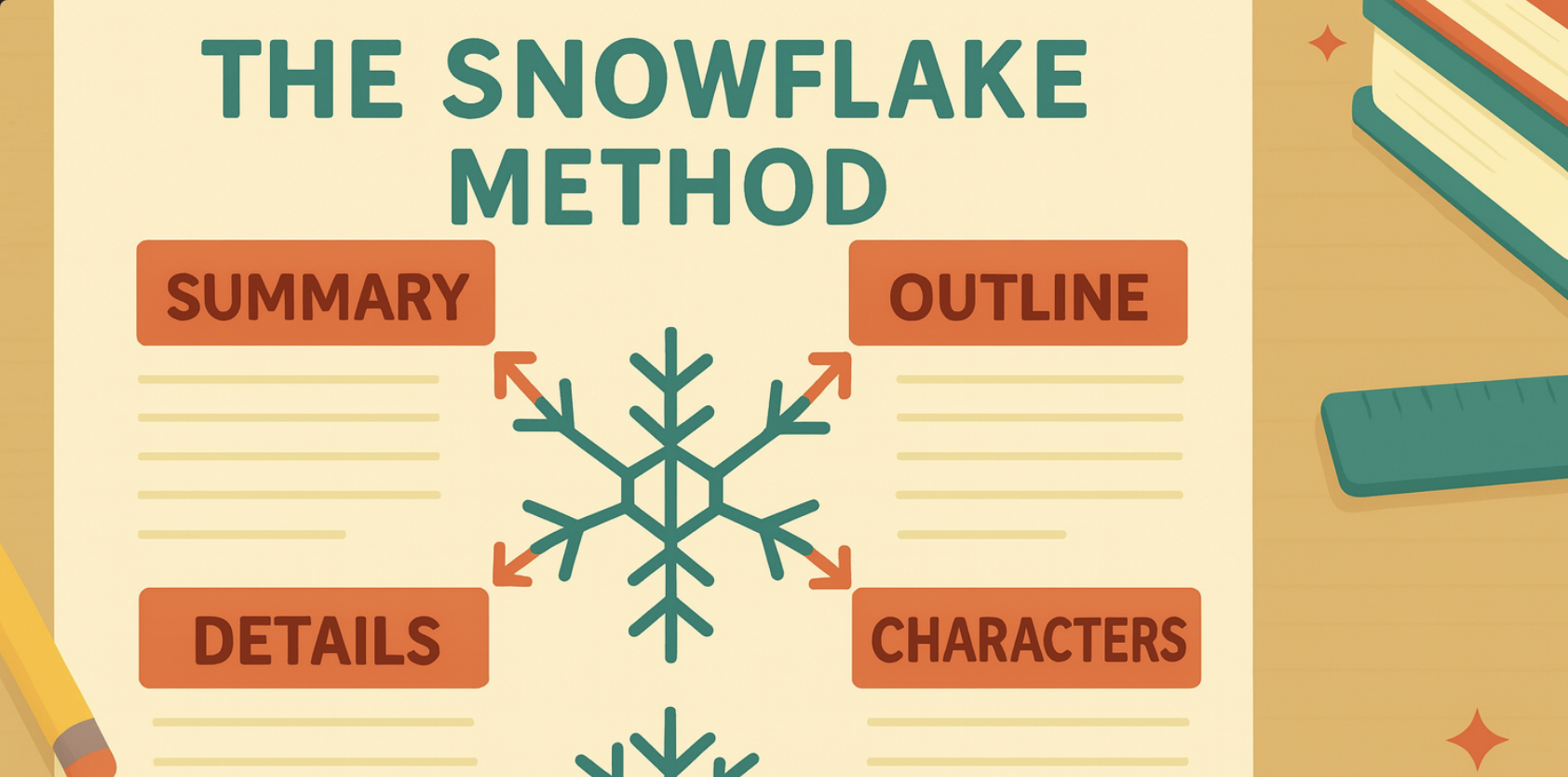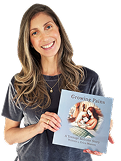Not all kids’ books are created equal. Imagine trying to read a picture book to a 15-year-old or handing a gritty YA novel to a preschooler. It’s like serving broccoli ice cream to a toddler; they just won’t bite! When it comes to writing children’s books, one size does not fit all. Knowing your audience’s target age group isn’t just a nice-to-have; it’s the secret sauce that turns a good story into an unforgettable one.
Writing for all children’s book age groups is more than simply using simple words and bright illustrations. It’s about crafting a story that resonates deeply with where they are developmentally. Whether you’re writing for wiggly toddlers, curious middle graders, or introspective teens, each age group has unique needs, interests, and attention spans. A well-tailored book can captivate young minds, create characters they want to befriend, and slip in life lessons that stick, without feeling like a lecture.
By understanding the nuances of each age group, you’ll not only engage your readers but also build a loyal fan base eager for more. So, before you put pen to paper (or fingers to keyboard), let’s dive into what makes each age group tick and how you can write stories that will leave them begging for just one more chapter.
Decoding Children’s Book Age Groups
Not all “children’s books” are the same. They come in a variety of flavors, each tailored to specific age groups and developmental stages. Knowing which category your story fits into is crucial, not just for capturing young readers’ attention but also for meeting publishers’ expectations. Let’s break down the key categories so you can find your story’s perfect match.
Board Books (Ages 0-3)
These are the sturdy little books designed to withstand sticky fingers and the occasional gnawing. With fewer than 300 words, board books focus on bright visuals, simple concepts, and interactive elements (like flaps or textures) to engage babies and toddlers.
Picture Books (Ages 3-6)
Picture books are a blend of vibrant illustrations and brief text, usually under 1,000 words. They are meant to be read aloud, making them perfect for bedtime stories. These books help young children explore emotions, basic life lessons, and early storytelling elements while keeping them entertained.
Early Readers (Ages 5-8)
For kids just beginning to read on their own, early readers have larger text, shorter sentences, and simple plots. Word counts in books read before young adult books range from 1,000 to 3,000 words. These books aim to build reading confidence with engaging stories and occasional illustrations.
Chapter Books (Ages 7-10)
As kids grow into more independent readers, chapter books (5,000-12,000 words) introduce them to longer narratives with multiple chapters. The language is accessible, but the plots are more developed, often featuring relatable main characters tackling everyday challenges.
Middle Grade (Ages 8-12)
Middle-grade books dive into richer plots, more complex themes, and deeper character development, with word counts between 20,000-50,000 words, and are sometimes wrapped up in a graphic novel. These stories explore friendships, family dynamics, and self-discovery, resonating with readers on the cusp of adolescence.
Young Adult (YA) (Ages 12-18)
YA novels range from 50,000 to 80,000 words and tackle mature themes, such as identity, love, and personal growth. With complex characters and emotionally driven plots, young adult novels are often written in a relatable, conversational tone to capture the intensity of teenage life.
Why Does This Matter?
Understanding these categories isn’t just about hitting a word count. It’s about aligning your story with the developmental needs and interests of your target readers. Publishers and agents are looking for books that fit snugly into all these age groups and categories, so choosing the right one can make or break your book’s success. Get it right, and you’ll have a captivated audience turning page after page.
Board Books & Picture Books: Capturing Little Minds
Board books and picture books are where many children’s reading journeys begin, capturing the attention of little ones from the ages of 0 to 5. With their sturdy pages and colorful illustrations, board books are designed to be grabbed, chewed, and loved by the youngest readers. These books typically have fewer than 300 words and focus on simple concepts, like colors, animals, or bedtime routines, to engage curious toddlers. Think of them as bite-sized stories packed with visual delight!
Picture books, on the other hand, cater to slightly older preschoolers, with a word count usually under 1,000 words. Here, the combination of vivid illustrations and minimal text creates a magical experience that invites children to explore the world through storytime. The goal is to capture their short attention spans with a mix of engaging visuals and rhythmic, easy-to-understand language. Bonus points if the story is fun to read aloud!
But it’s not just about pretty pictures, these books can also sneak in valuable life lessons. Whether it’s learning to share, being kind, or managing emotions, picture books provide gentle, relatable stories that teach morals without being preachy. For added engagement, interactive elements like pop-ups, textures, or lift-the-flap surprises can make storytime even more exciting.
Ultimately, writing for what children respond to in this age group is all about simplicity, charm, and creating a story that little ones will want to hear (and see) over and over again.
Your Publishing Journey Awaits – Start NowEarly Readers & Chapter Books: Bridging the Reading Gap
As kids start transitioning from being read to, to reading on their own, early readers and chapter books become their stepping stones. For children aged 5-8, early readers use simple vocabulary, straightforward sentences, and clear storylines to build confidence. These books often range from 1,000 to 3,000 words, with plenty of illustrations to break up the text and keep young readers engaged. It’s all about giving them that “I can read it myself!” moment.
For slightly older children (ages 7-10), chapter books introduce them to longer narratives. With word counts between 5,000 and 12,000 words, these books still keep language accessible but offer more developed plots and multiple chapters. The inclusion of illustrations, though less frequent in upper middle grades than in early readers, provides visual breaks and helps sustain focus, making it less daunting for new readers to dive into longer stories.
Creating relatable main characters is key here. Kids at this stage love stories featuring protagonists who are around their age, facing challenges that feel familiar, like making friends, navigating school, or dealing with sibling rivalry. When kids see themselves in the characters, they become more invested in the main character and the story, eager to turn the page to find out what happens next.
By striking the right balance between engaging text and illustrations, early readers and chapter books help bridge that gap from picture books to graphic novels to full-fledged novels, setting young readers on a lifelong path of enjoying books.
Middle-Grade Books: Venturing into More Complex Worlds
Middle-grade books open the door to adult books with richer, more immersive stories for readers aged 8-12, who are ready for deeper narratives and more sophisticated language. These novels usually range between 30,000 to 50,000 words, allowing young readers to explore layered plots while still maintaining a quick pace. Middle graders are curious, imaginative, and eager to venture beyond simple stories, so this category serves as a bridge to more complex literature.
The focus here is on character-driven stories with relatable, age-appropriate conflicts. Whether it’s navigating the ups and downs of friendships, managing school pressures, or figuring out family dynamics, middle-grade books are filled with protagonists who face challenges that resonate with readers in this age group. Importantly, these characters often grapple with figuring out who they are and where they fit in the world, something every pre-teen can identify with.
Take, for example, Rick Riordan’s Percy Jackson series. It balances thrilling adventures with themes of friendship, loyalty, and self-discovery, all while weaving in humor to keep readers hooked. This balance of light-hearted moments with more serious undertones is key for middle-grade novels. Middle-grade books can tackle deeper themes, like loss, courage, or standing up for what’s right, while still maintaining an overall sense of fun and adventure.
Middle-grade readers appreciate a touch of humor, but they’re also ready to explore life’s bigger questions. Writers should focus on creating strong, relatable characters who can guide young readers through the ups and downs of growing up, offering not just an escape into imaginative worlds but also meaningful takeaways that stick long after the last page is turned.
Young Adult (YA) Novels: Navigating Teenage Turbulence
Young Adult (YA) novels are the first adult novels and perfect companions for readers aged 12-18, offering a safe space to explore the whirlwind of teenage emotions, identity struggles, and complex social dynamics. These books typically range from 50,000 to 80,000 words, giving authors ample room to dive into deep themes while keeping readers hooked with engaging plots. YA fiction isn’t afraid to tackle mature topics like love, heartbreak, mental health, identity, and the quest for independence, issues that resonate with teens standing on the cusp of adulthood.
One hallmark of YA literature is the use of first-person narratives, which create a sense of intimacy and immediacy. This perspective allows readers to step directly into the protagonist’s shoes, feeling their hopes, fears, and triumphs as if they were their own. Authentic dialogue is key here, teens are quick to spot anything that feels forced or unrealistic. Characters should speak and act like real teenagers, with all their messy contradictions and intense emotions.
Diverse characters and inclusive storylines are more important than ever in YA fiction. Today’s readers want to see themselves reflected in the stories they consume, whether that means protagonists of different races, genders, sexual orientations, or backgrounds. This shift has broadened the scope of YA, making it a vibrant category that embraces all voices.
Popular series like The Hunger Games and Harry Potter showcase the versatility of the YA genre, ranging from dystopian thrillers to magical adventures. YA books can explore a wide array of genres, including fantasy, romance, science fiction, and contemporary fiction. What unites them all is the focus on the coming-of-age journey, whether it’s fighting for survival in a dystopian world in middle school or navigating the trials of high school, YA protagonists grapple with defining who they are and what they stand for.
At its heart, YA fiction is about connection. It’s about giving young readers characters who understand their struggles, and stories that assure them they’re not alone in facing life’s challenges.
Writing Tips for Every Age Group: Crafting Stories That Resonate
No matter which age group you’re writing a chapter book for, the key to a captivating children’s book lies in truly understanding your audience. Start by getting inside the minds of your readers: What are their interests, fears, and challenges? Whether they’re curious toddlers or introspective teens, your story should speak directly to their experiences.
Creating compelling main characters in coming-of-age stories is essential, kids and teens want protagonists they can root for, relate to, or even aspire to be. These characters should face struggles and pursue goals that reflect the readers’ journeys, making the story not just engaging but personally meaningful.
Be mindful of language complexity, tone, and story length based on the age range. For younger readers, keep sentences simple and vocabulary accessible. As you move into middle-grade and young adult territory, you can introduce richer language, more nuanced plots, and deeper themes.
Most importantly, stay true to the age category while allowing your creativity to shine. Respect the boundaries of what each age group can handle, but don’t shy away from pushing their imaginations or challenging their perspectives. Even as an adult, it is bewitching to learn new things from a book or novel that you’ve picked up and that reminds you of the vast, ever-changing universe. Craft stories that entertain, enlighten, and leave your readers eager for more, because, in any age group, that’s the true magic of a great book.
Know Your Audience, Tell Your Story
Tailoring your children’s book to the right age group is more than just checking a box, it’s about creating a story that truly resonates. Whether you’re writing a playful picture book, a heartfelt middle-grade novel, or an intense YA adventure, understanding your target audience’s needs and interests is crucial. Craft stories that speak directly to their experiences, with relatable characters and age-appropriate language, and you’ll capture their imaginations.
Embrace the challenge of writing meaningful stories that entertain, educate, and inspire young readers. It’s a chance to leave a lasting impact on young minds and encourage a lifelong love of reading. Remember, whether it’s a whimsical board book or a gripping YA novel, every story finds its way into the hearts of the right readers.
Surround yourself with inspiration, seek expert guidance, and connect with fellow writers who share your passion. With the right mindset and tools, you can craft stories that truly resonate. Dive in, write fearlessly, and watch your stories take flight!
FAQs – Writing Children’s Books
Q1: How do I start writing a children’s book?
Start by identifying your target age group,this determines tone, vocabulary, themes, and length. Then, brainstorm a concept that’s age-appropriate, engaging, and emotionally resonant. Create relatable characters and a clear story arc with a beginning, middle, and end. Read other books in your category to understand the market, and consider outlining your plot before writing the first draft.
Q2: What is the best format to write a children’s book?
The format depends on the age group:
- Board Books (0–3 years): 10–16 pages, minimal text, bold visuals.
- Picture Books (3–7 years): 32 pages is standard, with around 500–800 words.
- Early Readers (6–8 years): Simple chapters, up to 2,000 words.
- Middle Grade (8–12 years): 20,000–50,000 words, structured like a short novel.
Use simple fonts, short sentences, and page breaks to support visual storytelling and young readers’ attention spans.
Q3: How much does it cost to self-publish a children’s book?
The costs of self-publishing a book vary widely, but a quality picture book often costs between $1,500 and $6,000. Key expenses include:
- Illustration ($500–$3,000+)
- Editing ($200–$800)
- Design and book formatting ($100–$500)
- ISBNs, print setup, and book distribution tools ($100–$300)
- Marketing and optional services like audiobook publishing can increase the total.
Q4: Is it profitable to make children’s books?
Yes, but success depends on quality, niche targeting, and smart targeted marketing. Many self-published children’s authors earn modest returns, but those who invest in professional illustrations, understand their audience, and consistently market their books can build a profitable catalog over time. Think long-term: one book rarely makes a fortune, but a strong brand can.
Q5: What are the odds of publishing a children’s book?
Traditional publishing is competitive, publishers receive thousands of submissions yearly, and only a small percentage are accepted. However, Self-publishing has made it easier than ever to publish a book, lowering traditional barriers and giving writers full control over their publishing journey.. Your odds improve significantly with a polished manuscript, professional cover design, and an understanding of what readers (and gatekeepers) are looking for.
Q6: How many words are in a book for 3-year-olds?
For toddlers and preschoolers (ages 2–3), aim for 100–300 words total. Keep sentences short and vocabulary simple. Rhyme, repetition, and rhythm are helpful tools at this age. The text should be written to complement vivid illustrations that carry much of the narrative weight.
Q7: Do I have to copyright my children’s book?
In most countries, your work is automatically protected by copyright as soon as you create it. However, officially registering your copyright (such as through the U.S. Copyright Office) provides stronger legal protection and gives you the right to take legal action if your work is infringed. Some self-publishing platforms, like Spines, include free copyright registration as part of their publishing packages, making it easier and more affordable for authors to secure their rights without handling the legal process themselves.
Q8: What makes a children’s book fail?
Common pitfalls include:
- Talking down to children
- Poor pacing or structure
- Unrelatable characters
- Overly didactic messages
- Unprofessional illustrations or formatting
Lack of marketing strategy








